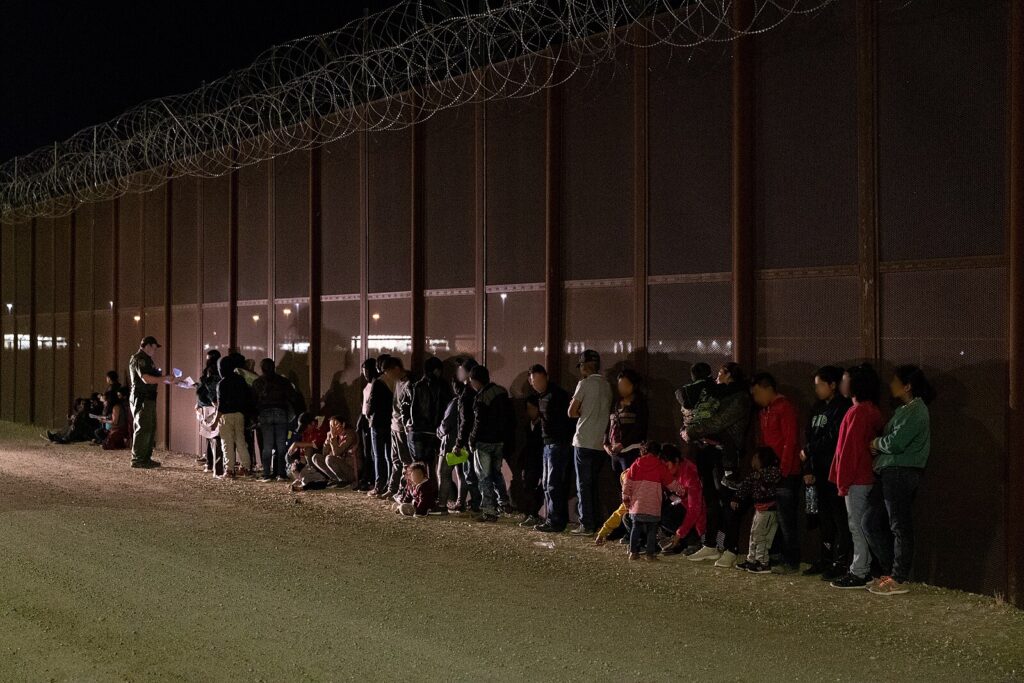In the United States, the media’s representation of immigrants has often been influenced by political factors, leading to the framing of immigration issues in ways that reflect the ideological leanings of news sources. During the Trump administration, there was a significant focus on border security and immigration enforcement, with right-leaning news sources often emphasizing the need for stricter immigration policies and left-leaning sources highlighting the humanitarian aspects of immigration. The Trump administration’s immigration policies, characterized by anti-immigrant rhetoric and restrictive measures, have had a profound impact on immigrant communities, particularly Latinx individuals (Massey 2020). Abreu et al. (2021) found that the Trump administration’s policies led to heightened levels of societal discrimination, law enforcement concerns, and mental health challenges among immigrant Latinx individuals. Immigration enforcement stressors were associated with heightened negative emotional experiences and internalizing symptoms within the Latinx community (Rabin et al. 2022). Additionally, immigrants from Central American countries like Honduras, El Salvador, and Guatemala, have experienced high levels of pre-migration trauma, including violence, death threats, and extortion.

Several studies have examined the role of media framing in shaping public attitudes towards immigration. However, there is limited research on how political bias specifically affects the framing of border violence in US news sources. This study aims to fill this gap by examining how different political biases influence the portrayal of border violence, including the language, rhetoric, and portrayal of conditions at the US-Mexico border.